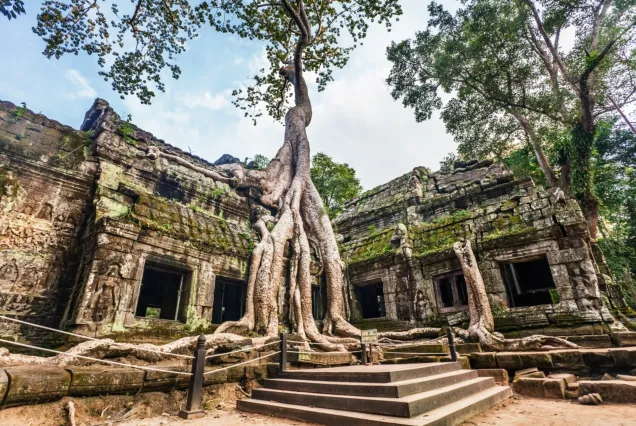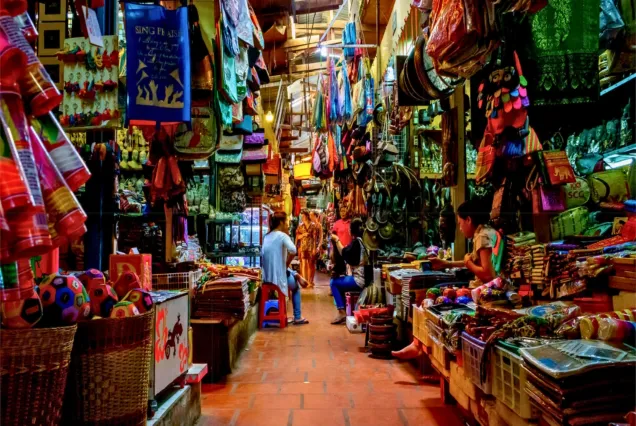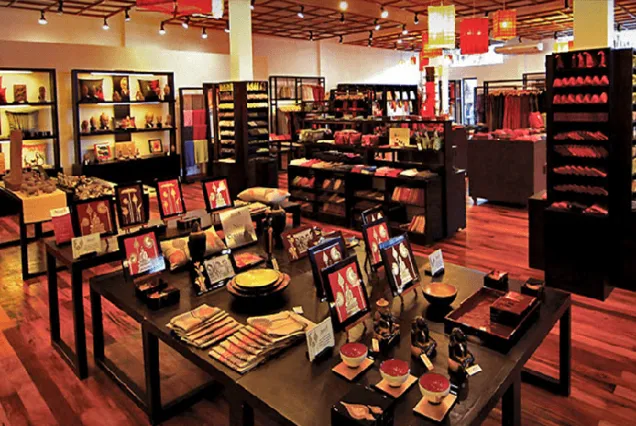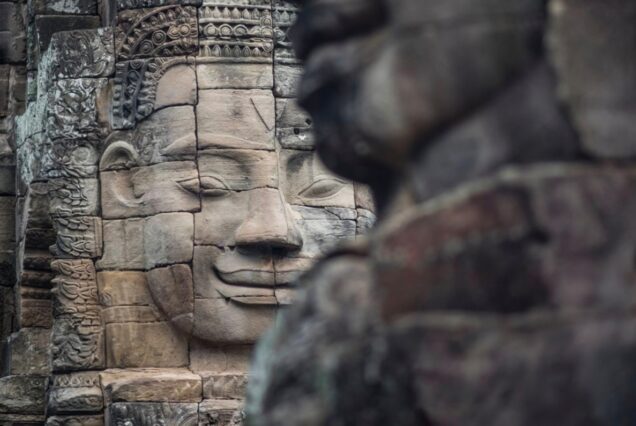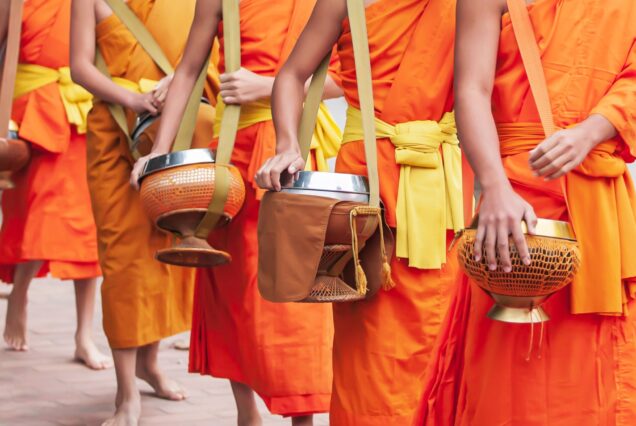6 Days Cambodia Discovery Tour
Duration
6 Days - 5 Nights
Group Size
35+2
Min Age
3+
Transport
Car
Travel Style
Family,Art & Culture
Best Time To Go
From October to March
- One Nights accommodation in Phnom Penh
- Four Nights accommodation in Siem Reap.
- Ground transportation in air-conditioned vehicle
- Shuttle bus for route Phnom Penh – Siem Reap
- Meals: Breakfast at hotel only + meal as mentioned in SIC tour
- Service of English Speaking Guide
- Tour with entrance fees as specified
- Mineral water during excursion
- Boat trip on Tonle Sap by private boat-Chong Kneas floating village
- Accommodation at hotel as mentioned or similar ones
Included
- Airfare & Airport Taxes
- Visa
- Travel Insurance
- Govt. Tax of 9%
- Tips to Driver and Guide
- Personal expense
- High Season Surcharges as applicable
- Use of vehicle other than the specified itinerary.
- Any item that is not mentioned in the above Tour Price includes
- All entrance fees and excursions not mentioned above
Excluded
Tour Plan
On arrival at the airport, you will be met and transferred to the hotel by our local representative.
After a short rest, you will visit the impressive, colorful Khmer-style royal palace complex built in 1866 by the predecessors of King Norodom. Nearby is the Silver Pagoda (the Emerald Buddha Temple), where plenty of Buddha statues are decorated and made with gold, diamond, gemstone, and silver. We will stop at Independence Monument and explore the National Museum; a beautiful Khmer architectural building containing more than 5000 art antiques made from bronze, wood, gold, silver, copper, sandstone, and others. We pass through the riverfront park where four rivers meet at a junction, including the mystical Mekong. Walk up to the sacred hill Phnom Daun Penh – also the name of a pagoda and the name of the capital nowadays. The last visit is the Central Market, a large market constructed in 1937 in the shape of a dome with four arms branching out into vast hallways with countless stalls of goods. The initial design and layouts are from the French architect Louis Chauchon. Overnight at the hotel in Phnom Penh.
Meal: No meal
Overnight at hotel in Phnom Penh
This morning, we will visit Tuol Sleng prison, now the Genocide Museum, representing the most secretive part of the Khmer Rouge regime. Also known as S-21 (abbreviated for Security Office 21), it was the Khmer Rouge's premier security camp, specifically designed for the interrogation and extermination of anti-Angkor elements. After leaving the relics of Cambodia's dark history, we will go shopping around the Russian market, enjoying the bustling daily activities of the locals.
In the afternoon, we will head to the bus station, where you will take a shuttle bus to Siem Reap. Welcome to Cambodia - Siem Reap, the treasures of the Kingdom of Cambodia. Overnight at the hotel in Siem Reap.
Meal: Breakfast
Overnight at hotel in Siem Reap
Today, you will explore the South Gate of Angkor Thom, known as Big Angkor, a 3km² walled and moated royal city that served as the last capital of the Angkorian Empire. The famous Bayon Temple, an architectural marvel, was constructed in a somewhat piecemeal fashion over more than a century. The Terrace of the Elephants, an impressive two-and-a-half-meter-tall, 300-meter-long terrace wall adorned with carved elephants, stretches across the heart of Angkor Thom in front of Baphuon—a huge temple mountain in the heart of Angkor Thom, the Royal Palace Area, and Phimeanakas—an impressive rite and sandstone pyramid. The Terrace of the Leper King is at the north end of the Terrace of the Elephants, featuring a double terrace wall with deeply carved nagas, demons, and other mythological beings.
In the afternoon, you will visit Angkor Wat temple. The founder of the temple was Suryavarman II, who reigned over Cambodia from 1113 to 1152 and built the five towers in the 12th century to dedicate to the Hindu God Vishnu. The pyramidal conception of the temple, combined with spaces, alleys, and ditches, represents an ancient masterpiece of architectural design and construction. Enjoy a delightful time at bars and pubs at the Angkor Night Market. Overnight at the hotel in Siem Reap.
Meal: Breakfast
Overnight at hotel in Siem Reap
Today, you will visit the Small Circuit, including a visit to Ta Prohm temple, a wonderful combination of human genius and natural beauty. Giant trees have grown here for centuries. Prasat Kravan was originally constructed by noblemen rather than a king. Banteay Kdei, built in sandstone, has deteriorated quite badly, but there remain some very beautiful lintels and pediments. Srah Srang is a royal pool, the King's bathing pond, where he washed with his many concubines each day. Takeo, commissioned by King Suryavarman I in the 10th Century, was never completed, so it lacks elaborate decoration like its contemporaries. It is a pyramid on five levels and is dedicated to Shiva. Thommanon is a small, attractive temple in very good condition, built at the same time as Angkor Wat. Chau Say Tevoda, built during the second quarter of the 12th century opposite Thommanon, was dedicated to Shiva and Vishnu.
In the afternoon, an overland trip will take you to visit the highlights of the Grand Circuit, including Preah Khan—meaning 'The Sacred Sword.' This temple, also built by Jayawarman VII, is famous for its immensely long cruciform corridors and delicate carvings. Neak Pean, a delicate highlight of Khmer art, was built by Jayavarman VII and is a perfect representation of the heavens on earth. Ta Som, a small classic Bayon-style monastic complex consisting of a relatively flat enclosure. East Mebon, built in the 10th Century by Rajendravarman, is situated on a small island in the middle of the Oriental, or Eastern, Baray. The last visit is Pre Rup, built in the 10th Century by Rajendravarman, providing a lovely view of the sunset. Overnight at the hotel in Siem Reap.
Meal: Breakfast
Overnight at hotel in Siem Reap
This morning, you will visit Wat Thmei (Killing Field), which contains a unique glass-walled stupa housing the bones of victims of the Khmer Rouge. Some of the bones were recovered from a nearby well, while others are the remains of soldiers who died on a nearby battlefield. Afterward, return to visit 'Les Artisans d'Angkor – Chantiers Ecole,' showcasing the finest authentic Khmer arts and crafts.
In the afternoon, explore the Floating Villages, located 10 kilometers south of Siem Reap. Take a ride in a traditional wooden boat on the Tonle Sap, the 'Great Lake' of Cambodia and the largest in Asia. Here, you'll witness examples of the Khmer way of life on the Tonle Sap. Then, visit Wat Bo, founded in the 18th century—a highly respected pagoda containing unique wall paintings of the Reamker (Ramayana) that are said to be from the late 19th century. Conclude the day with a visit to the local market. Overnight at the hotel in Siem Reap.
Meal: Breakfast
Overnight at hotel in Siem Reap
This morning, you will be transferred to the airport for your flight back home or to your next destination. If time allows, we will visit Puok, the real and original place of Artisans d’Angkor silk. Here, you will witness the complete process of silk production, from the silk worms munching on Mulberry leaves to spinning their cocoons used to make silk warps. Naturally, you will observe the weaving work and have the opportunity to purchase high-quality silk products as a beautiful Cambodia souvenir.
Meal: Breakfast

